Minerals for Healthy Growth
This lesson covers:
- Why plants need mineral ions such as nitrates and magnesium ions
- What happens if plants don't get enough mineral ions
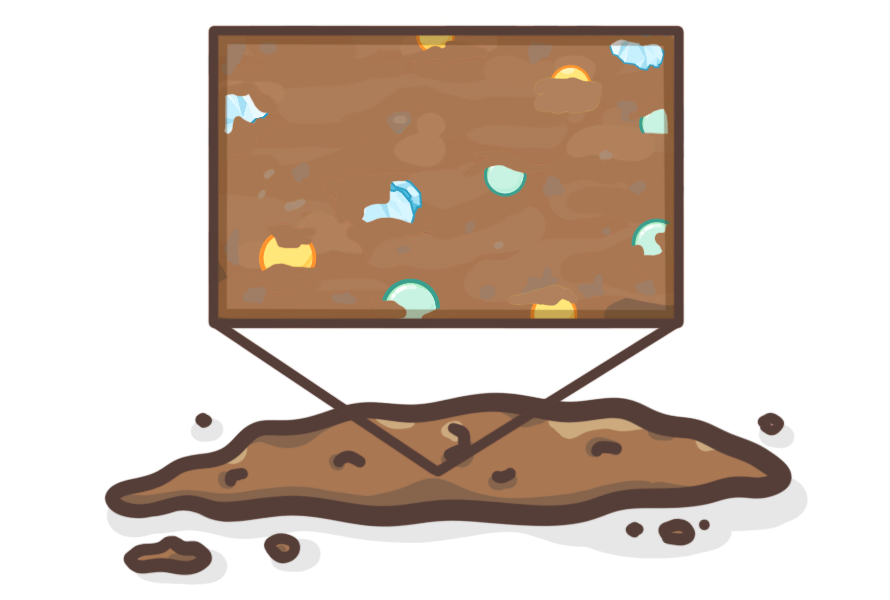
What are mineral ions?
Mineral ions are naturally occurring charged particles that are often found in the soil.
Examples include nitrate ions and magnesium ions.
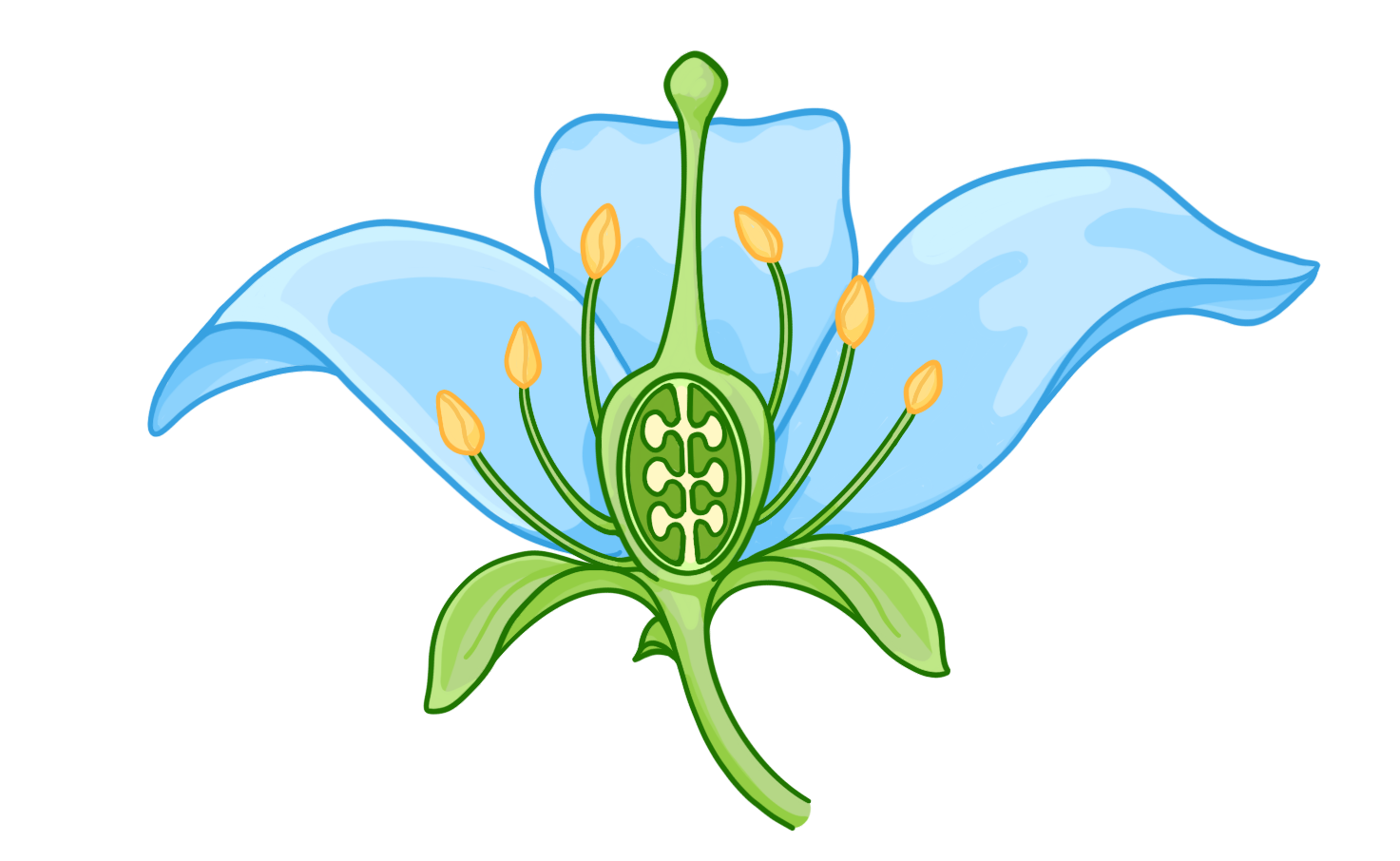 |
Why do plants need mineral ions? Plants need certain elements in order to make the compounds required for healthy growth, and they get these elements by absorbing mineral ions. |
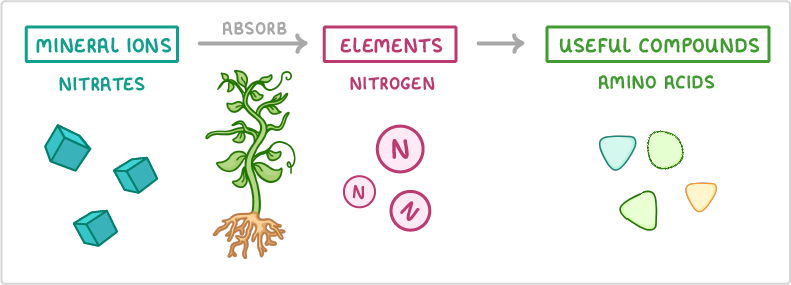 |
For example, plants absorb nitrates (mineral ions) in order to get nitrogen (element), which they turn into amino acids (useful compound). |
What if plants don't get enough mineral ions?
If plants don't get enough of a particular element then they may develop a mineral deficiency. This will lead to specific symptoms, depending on which element they are deficient in.
How do plants absorb mineral ions?
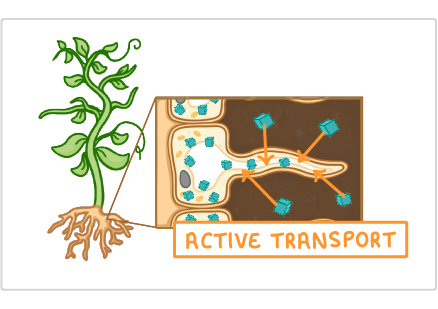
As mineral ions are dissolved in the soil, plants can absorb them via their roots. This requires active transport because there is a higher concentration of mineral ions in the root hair cells than there is in the surrounding soil.

Magnesium ions
Magnesium is required to produce chlorophyll, which is the green pigment in chloroplasts that absorbs sunlight for photosynthesis.
If plants don't get enough magnesium, they can't make enough chlorophyll and so their leaves will turn yellow. The growth of the plant may also be stunted as they won't be able to photosynthesise to produce sugars.

Nitrates
Nitrates contain nitrogen which is required to make amino acids and hence proteins.
Proteins are needed for cell growth, so if a plant doesn't get enough nitrates it won't grow properly. This leads to stunted growth and yellow leaves.
Which mineral ions are needed for chlorophyll in plants?
Carbonate ions
Magnesium ions
Phosphate ions
|
Why do plants need nitrate ions?
To produce starch
To produce lipids
To produce amino acids
|
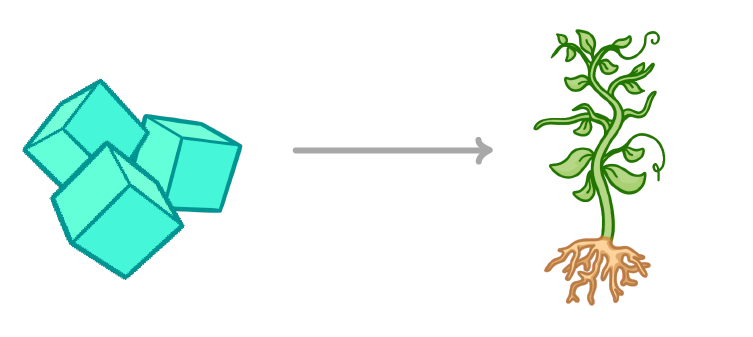
How do plants absorb mineral ions?
Diffusion
Active transport
Osmosis
|
What is a mineral ion deficiency?
When plants don't get enough sunlight
When plants don't get enough water
When plants don't get enough mineral ions
When plants get too many mineral ions
|
Which cells in a plant absorb mineral ions?
|
Explain why plants need nitrate ions, and what will happen if they don't get enough.
|
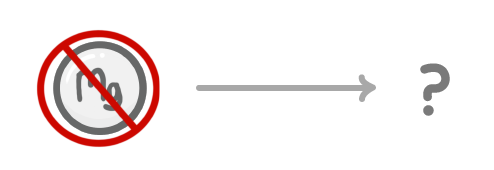
What is the main symptom of magnesium ion deficiency?
Purple leaves
Yellow leaves
Patches on leaves
|